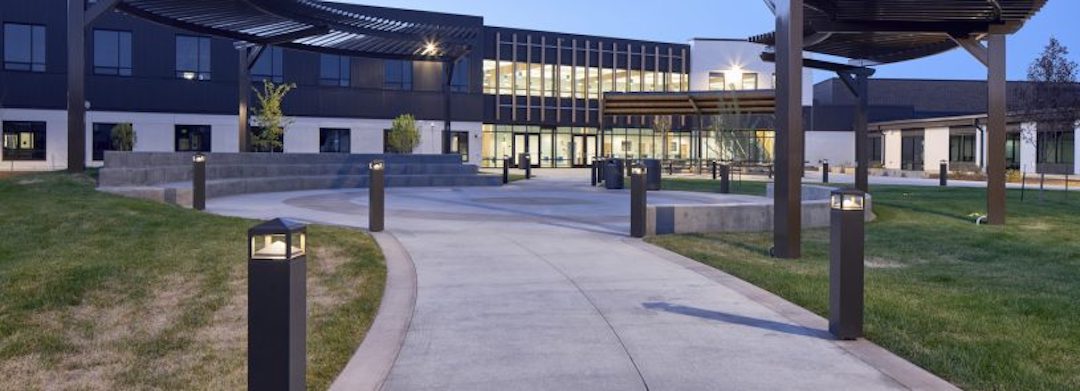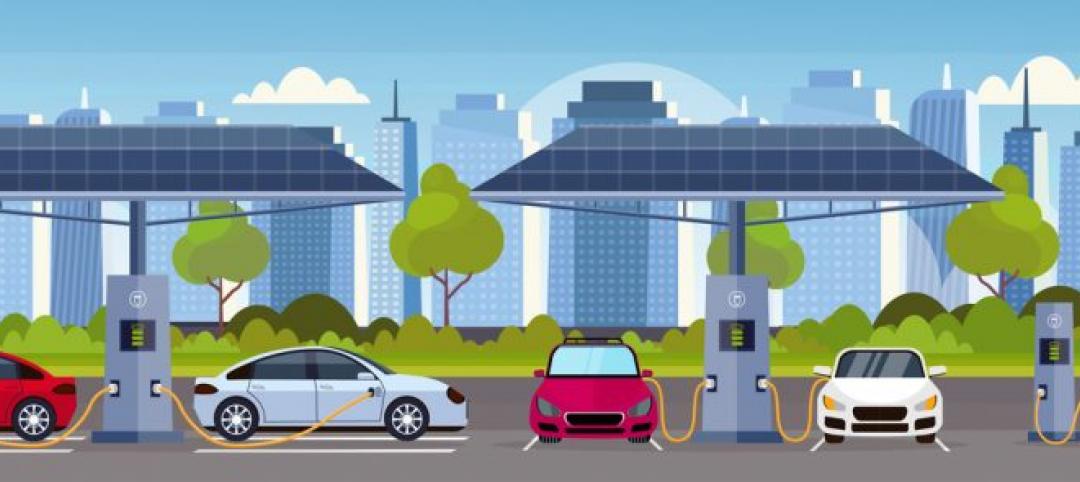How often do you walk into an office building or hospital and marvel at the large boulders or bollards and the brightly lit path that takes you right where you need to go? Probably not that often, unless you’re compelled to think “that is a nice boulder,” whenever you see one. Or maybe that’s just me.
But if you don’t notice them, then the security and architectural professionals involved in the site’s design did their job well.
When I first started in the security consulting world, I heard other security professionals mention the phrase “Crime Prevention Through Environmental Design,” or CPTED, in reference to simply using these large boulders and trees to protect the key points of a building. I suppose this checked the box at a very basic level for many owners, but a huge opportunity to create a holistic and community-minded design was missed.
CPTED is so much more than surface-level protection; it encompasses multiple phases of design, social programs, colors, lighting, natural surveillance, natural access control, and even traffic curbing. CPTED strategies leverage architectural elements to create secure environments that do not detract from the design aesthetic or function. Some of these design strategies include ensuring territorial boundaries of design are well established both internally and externally; creating a maintenance plan for vegetation that could otherwise counter the concepts and principles of CPTED; and ensuring natural access control of interior and exterior spaces is achieved using design in conjunction with mechanical access control to create a safer and smoother flow of personnel.
For a successful design, it’s best to have the architect involved in incorporating CPTED principles at the outset of the design process and engage the surrounding community to build trusted relationships and programs that increase the awareness and safety around an organization.
However, CPTED is not meant to be a stand-alone, be-all and end-all security feature; physical security technologies such as cameras and access control devices still play a vital role in an organization’s overall security. But CPTED strategies work as a force multiplier with these physical systems, and when designed properly, are not noticed by the everyday worker or visitor. But a well-designed site keeps personnel and buildings safe and less susceptible to crime.
Since becoming a Certified CPTED Professional, I now see the world of security from a different viewpoint. I’m encouraged by the ways we can influence people, organizations, crime mitigation, and overall environments through a more comprehensive design understanding, rather than simply trying to prevent crime events only armed with physical security.
More from Author
IMEG Corp. | Jun 18, 2024
A healthcare simulation technology consultant can save time, money, and headaches
As the demand for skilled healthcare professionals continues to rise, healthcare simulation is playing an increasingly vital role in the skill development, compliance, and continuing education of the clinical workforce.
IMEG Corp. | Jan 11, 2024
Designing for personal technology is crucial for senior living facilities
Today’s seniors are increasingly tech savvy. It isn’t enough to give senior living residents a pre-determined bundle of technology and assume that they’ll be satisfied.
IMEG Corp. | Nov 10, 2023
3 important early considerations for office-to-residential conversions
Scott Campagna, PE, Senior Director of Housing, IMEG Corp, shares insights from experts on office-to-residential conversion issues that may be mitigated when dealt with early.
IMEG Corp. | Sep 28, 2023
Structural engineering solutions for office-to-residential conversion
IMEG's Edwin Dean, Joe Gulden, and Doug Sweeney, share seven key focuses for structural engineers when planning office-to-residential conversions.
IMEG Corp. | Jun 12, 2023
Drones take site assessments to new heights
Eric Vallejo, Director of Reality Capture and Geospatial Solutions, IMEG Corp., discusses strategies for using visualization and reality capture.
IMEG Corp. | Apr 20, 2023
13 trends, technologies, and strategies to expect in 2023
Biophilic design, microgrids, and decarbonization—these are three of the trends, technologies, and strategies IMEG’s market and service leaders believe are poised to have a growing impact on the built environment.
IMEG Corp. | Nov 16, 2022
SPC-4D: 7 reasons California hospital building owners should act now to meet seismic compliance
Seismic compliance with the applicable California building codes is onerous and disruptive for building owners, especially for a building in the heavily regulated sector of healthcare. Owners of older buildings that house acute care services have a big deadline on the horizon—Jan. 1, 2030, the cutoff date to upgrade their buildings to SPC-4D.
IMEG Corp. | Aug 1, 2022
Achieving a net-zero K-12 facility is a team effort
Designing a net-zero energy building is always a challenge, but renovating an existing school and applying for grants to make the project happen is another challenge entirely.
IMEG Corp. | Apr 19, 2022
6 trends to watch in healthcare design
As the healthcare landscape continues to evolve, IMEG’s healthcare leaders from across the country are seeing several emerging trends that are poised to have wide-ranging impacts on facility design and construction. Following are six of the trends and strategies they expect to become more commonplace in 2022 and the years to come.
IMEG Corp. | Feb 1, 2022
Sustainable design solutions will power EV charging stations
As the EV market share has been recognized, MEP firms have been tasked with the responsibility of an entirely new design: charging stations.
















